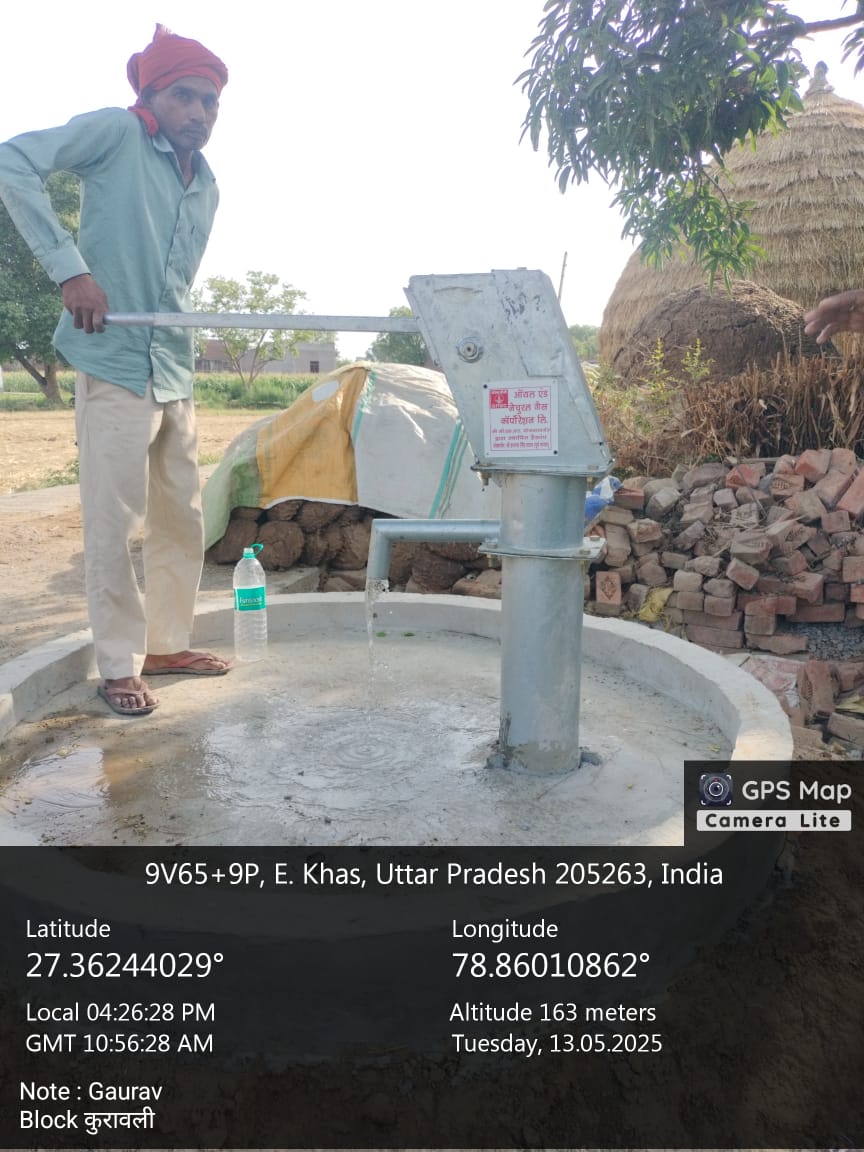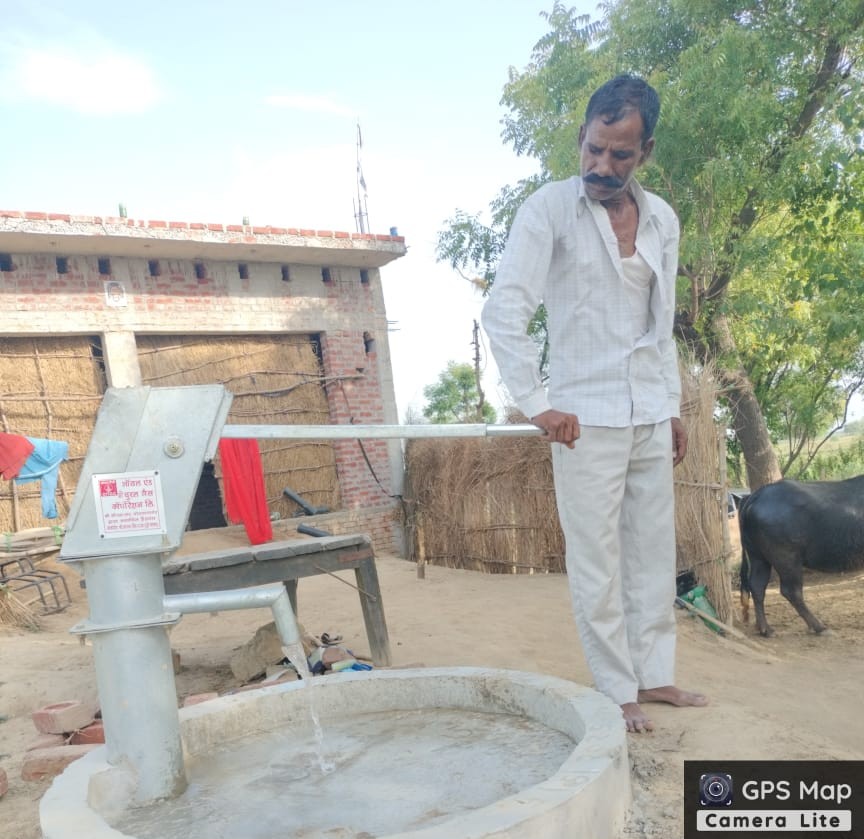A hand pump is a manually operated device used to draw water from a well, borehole, or other water source. It is widely used in rural and remote areas where electricity or motorized pumps may not be available.
How a Hand Pump Works
Hand pumps typically work on a simple mechanical principle:
Reciprocating motion: The user moves a handle up and down.
Piston and cylinder mechanism: This motion drives a piston inside a cylinder, creating suction.
Check valves: These allow water to enter the pump on the upstroke and prevent it from flowing back down on the downstroke.
Water is pushed up and out through a spout.
️ Main Parts of a Hand Pump
Handle/Lever: Operated by the user to pump water.
Pump rod: Connects the handle to the piston.
Cylinder: Contains the piston, usually submerged in water.
Piston: Creates the vacuum needed to lift water.
Valves: Ensure one-way water movement.
Spout: Dispenses the water.
Types of Hand Pumpsp
Suction Pumps (Lift Pumps)
Effective up to ~7 meters deep.
Piston is located above ground.
Force Pumps
Can lift water higher or push it to a distance.
Often used with pressure tanks or systems.
Deep Well Pumps
Work for depths greater than 15 meters.
Piston is located below the water level.
Uses of Hand Pumps
Rural drinking water supply
Agriculture (small-scale irrigation)
Emergency water access (disaster relief)
Backup water systems in off-grid locations
Advantages
No electricity or fuel needed
Low maintenance
Inexpensive
Durable and simple to operate
Disadvantages
Physically demanding
Limited water output
Requires regular maintenance (especially seals and valves)



